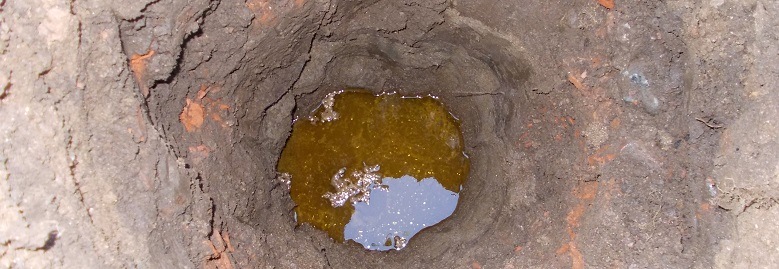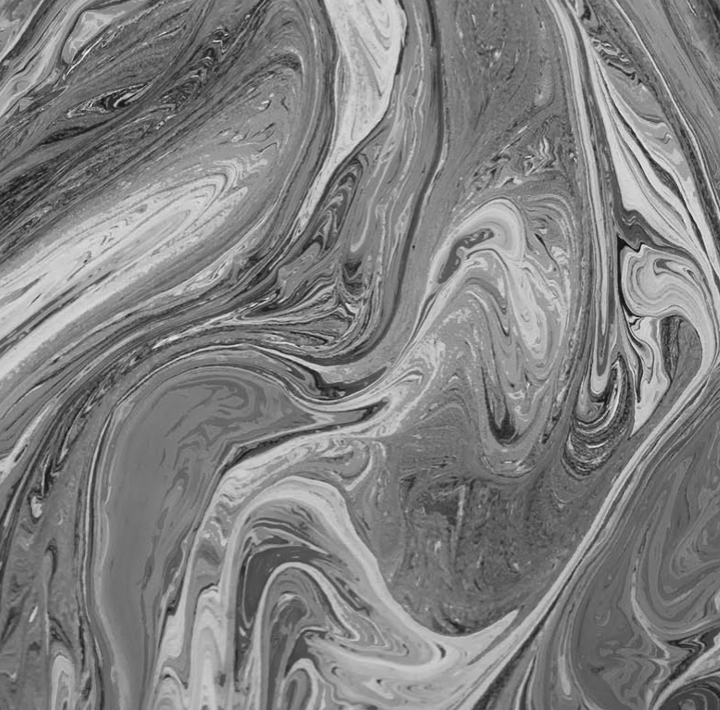If you’ve reached this post hoping for some advice on the best ways to commit fraud by skimming money then I’m afraid I’ll have to disappoint you but if you’re looking for a way to treat oil or hydrocarbon fuel contamination then you’re in the right place.
An oil skimmer is a device which functions on the principle that ‘oil and water don’t mix’ and hydrocarbons are often less dense than water (we’ll leave aside the treating of dissolved phase and DNAPL for another article), and allows you to skim the oil off the top of your body of water. These systems differ from a ‘pump and treat system’ because they focus on removing the free product layer rather than treating the entire body of water. There are a range of different systems available which can be tailored to fit a specific scenario but skimmer systems break down into three large groups by their mode of operation:
- Active Skimmer Pumps, these systems require some investment to put in place but can be largely automated and are well suited to removing large volumes of hydrocarbons, often from sub-surface wells but floating systems are also available.
- Passive Skimmers, which use similar technology and are less expensive to install but require more input to operate and must be regularly monitored.
- Belt Skimmers, operate most effectively on tanks or open water and can remove very high volumes of free product but rely on the oil ‘sticking’ to a belt so have some limitations for the achievable level of clean up and depth below ground that contamination can be accessed.
These systems can be used to reduce hydrocarbon contamination down to ‘sheen’ levels.
If you want to know more give us a call.
2021
Soil remediation guide
Approaching soil remediation without any prior knowledge can be difficult and uncomfortable at times, especially when it can potentially be very costly. This free eBook will help you understand the whats, the whys and the hows of soil remediation in the simplest terms.





